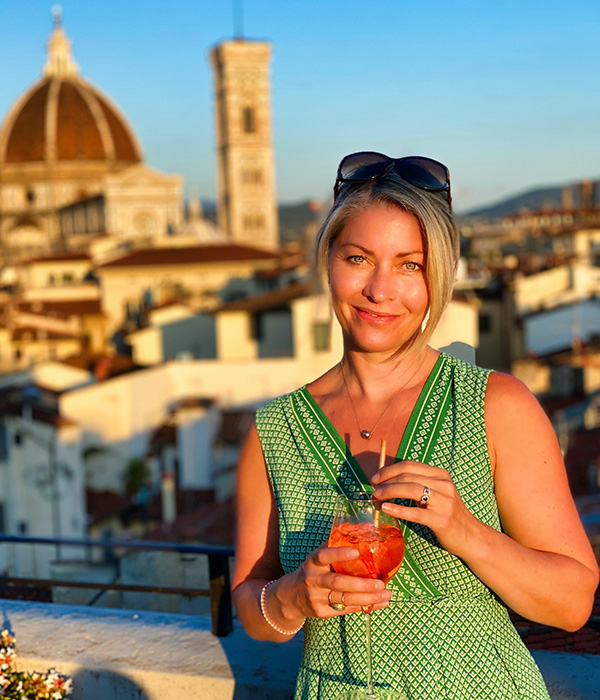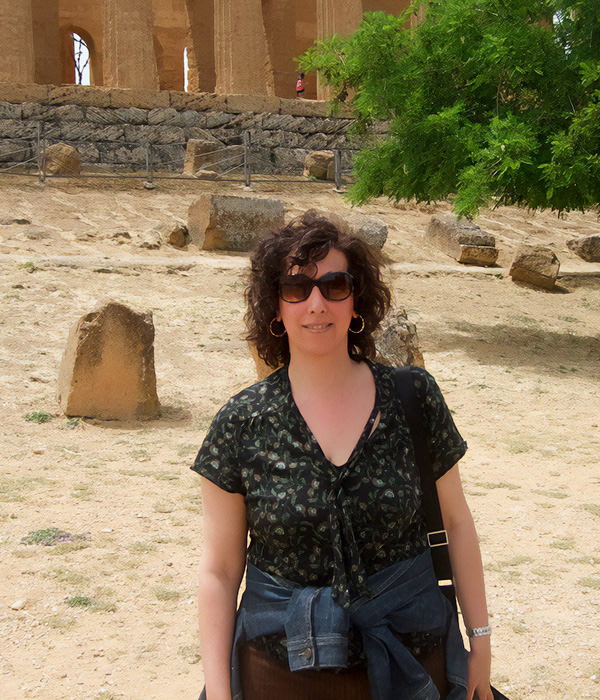Discover the taste of France
Tantalizing cuisine, fine wine, glamorous cities, picturesque villages, stunning landscapes and fabulous art and architecture in a romantic atmosphere makes it clear why France is the most visited country in the world. Whether you want a fast-paced city break or a relaxing country excursion, France offers travelers a taste of the good life.
Explore France by clicking on a region

















France at a glance
WHY GO
- When traveling to France, a visit to Paris is a must. With its majestic monuments, elegant sidewalk cafes and chic shopping districts, Paris has the finest of everything – from gourmet cuisine to fabulous fashion. See world famous art at the Louvre, experience the Parisian joie de vivre at its lovely parks, people watch while enjoying fabulous food at its legendary cafes and bistros, and get a bird’s eye view of the City of Lights from the famous Eiffel Tower. Step back in time with a wander through the medieval streets of the Marais district, soak up the romance with a cruise along the Seine River, enjoy a picnic in the Tuileries Garden and take in the magic of this charming, stylish and sophisticated city.
- Other areas of France are easily accessed by high speed train or on a short flight from Paris. Visit the beautiful Loire Valley which embodies French grandeur with its charming villages, opulent estates and lavish chateaux; discover WWII in Normandy where the rugged coastline brings to life the war-torn history of the region; or tear up the slopes at a beautiful resort in the Alps and Mont Blanc. Provence, Burgundy, and Bordeaux are great areas for wine connoisseurs and nature lovers, where rolling hills dotted with picturesque vineyards are the norm. Some 80% of the country is countryside, so charming French villages are not something that can be overlooked! Revel in the glitz and glamour of the French Riviera (Cote d’Azur) which attracts beach lovers, sun worshippers and celebrities alike with its gorgeous blue waters, soft white sand, and astounding ocean views.
- France is defined by its diverse topography. The spectacular landscape ranges from the poppy-strewn plains of Picardy to the rolling hills of Champagne, the snowy peaks of the Alps to the serene shores of the Mediterranean Sea. Each region has its own unique character. People have different accents all over the country, and the gastronomy varies as much as the scenery.
- France is a destination known worldwide for its culture and cuisine. It is internationally known for its gastronomy which is considered a UNESCO Intangible Cultural Heritage. French food is more than just sustenance – it is a way of life. While in France be sure to enjoy a freshly baked croissant or baguette in a quaint boulangerie, delicious ratatouille (vegetable stew) in Provence, hearty coq au vin (chicken braised in wine) in Burgundy and delectable chocolate eclairs at a chic Parisian patisserie. Cheese is a staple of French cuisine and is eaten with nearly every meal – the average Frenchman consumes over 53 pounds of cheese per year. Brie, Camembert, Roquefort, Comte, Fromage Blanc… there are over 1,000 types of French cheeses! Take a food tour while in Paris for a great introduction to the vast world of French cheese.
- Wine is an integral part of French culture and a source of national pride. France has a long history of wine production and nearly every region of the country produces a variety of wines. The French are the world’s leading consumers of wine, and produce some of the finest wines in the world. Alsace, Burgundy, Loire Valley, Rhone Valley, Bordeaux and Champagne are France’s most famous wine regions, and all are great destinations for those who want to delve into the country’s wine culture.
- France has a strong literary and art culture; you could spend weeks just visiting its many museums, art installations and galleries. Paris alone has dozens of fabulous museums like the Louvre, Musee d’Orsay and the Centre Pompidou. However, fantastic art museums and experiences can be found throughout the country. The gorgeous scenery of Provence and the Cote d’Azur have inspired some of the world’s most famous artists, and are the perfect vacation spots for art enthusiasts. You can take the Cezanne trail in Aix en Provence and visit his workshops and paintings; follow Van Gogh’s trail through Provence to discover the places he painted; visit the Matisse museum in Nice located in the artist’s old neighborhood; or explore the Piccaso museum in Antibes where the artist’s workshop was located.
WHEN TO GO
- As Ella Fitzgerald’s song “I love Paris” eloquently explains, you can appreciate Paris at any time of the year! Paris is beautiful all year round, with each season bringing its own charm to the world’s most romantic city. Like other parts of Europe, many Parisians leave the city during August for their own vacations so some restaurants may be closed.
- The French countryside and coastal towns are best from May to October.
- July and August are the hottest and most popular months to travel.
- If you want to see poppies in bloom in Provence, plan your trip for May or early June. If you prefer lavender and sunflowers, visit in July.
- The holiday season is also a festive time to see the Christmas markets and decorations in Paris.
WHAT TO KNOW
- Currency: Euro
- No visa required
- Language: French
- Except in small towns, in rural areas and among the older generation, most French people speak English reasonably well and the younger generation is often fluent in English. As a visitor, it is not necessary to speak French: English is widely spoken at tourist locations. However, you will enjoy a much warmer reception if you attempt a few basic French words and phrases like hello/goodbye, please, thank you, excuse me, do you speak English. Making an effort to speak French, even just starting a conversation with Bonjour, goes a long way.
- Address women as madame (or mademoiselle for a young woman) and men as monsieur – the equivalent of “ma’am” and “sir”. When entering a store, restaurant or other public venue, use the greeting “bonjour (good day), madame/monsieur” or “bonsoir (good evening), madame/monsieur. In French stores, the prices that you see are not negotiable and it is not considered good form to bargain.
- Be dressed neatly and presentable while in Paris, and never wear shorts or gym wear.
- Don’t believe the hype that all French people are rude! They are a more reserved people – the French prefer silence over small talk.
- Waiting in an orderly line is not part of French culture, so don’t be surprised if someone cuts the line.
- Taking your time is an important part of French culture so don’t expect speedy service at shops or restaurants. Waiters are formal rather than friendly and you must call them over if you need service.
- High-speed trains are great in France and offer good quality from getting to/from major tourist areas. They are easy to use as is the metro in Paris.
- If you’re traveling from Paris to the French Riviera, it is both time and cost effective to take a short flight instead of a train.
- Hiring a private driver/guide or renting a car is a good option when exploring the countryside like Provence and Burgundy so you can visit all of the charming villages. Most visitors only need a rental car to visit smaller villages and nature sites that are not accessible by train.
- Cars drive on the right side of the road (same as the US) and we could suggest obtaining an international drivers license if renting a car.
- Meals are typically longer in France and are also seen as a social occasion. Even lunch can easily be 2 hours long. The French see meals as much more than just eating, but as an event that includes socializing, wine drinking and many courses.
- The French tend to speak at a lower volume than other cultures – you will fit in better if you lower the decibel level of your voice.





















